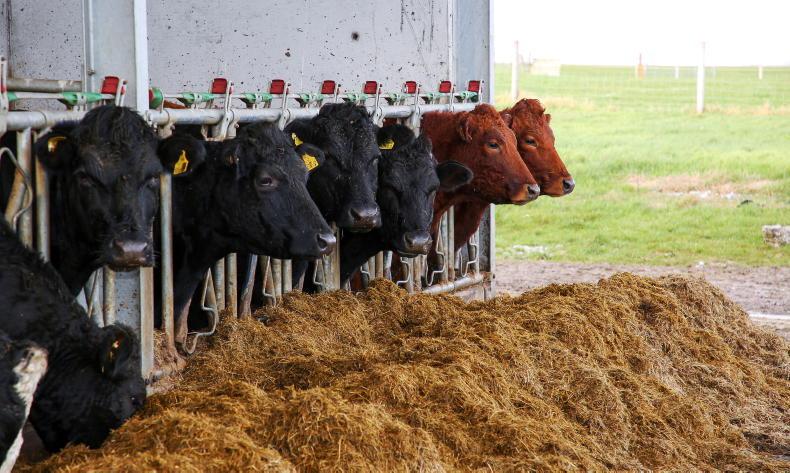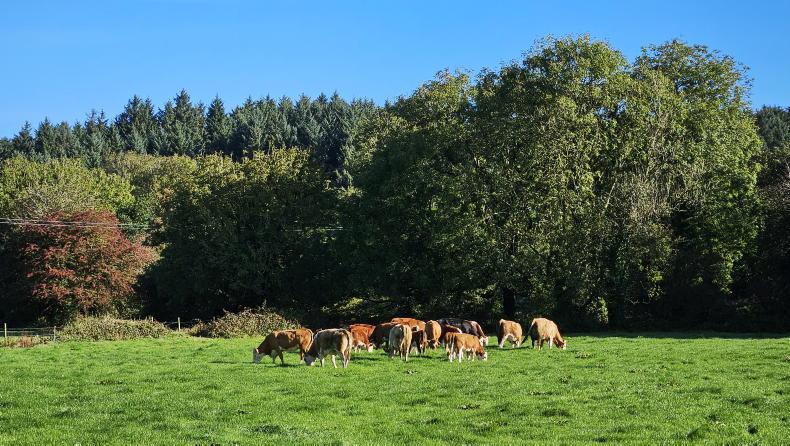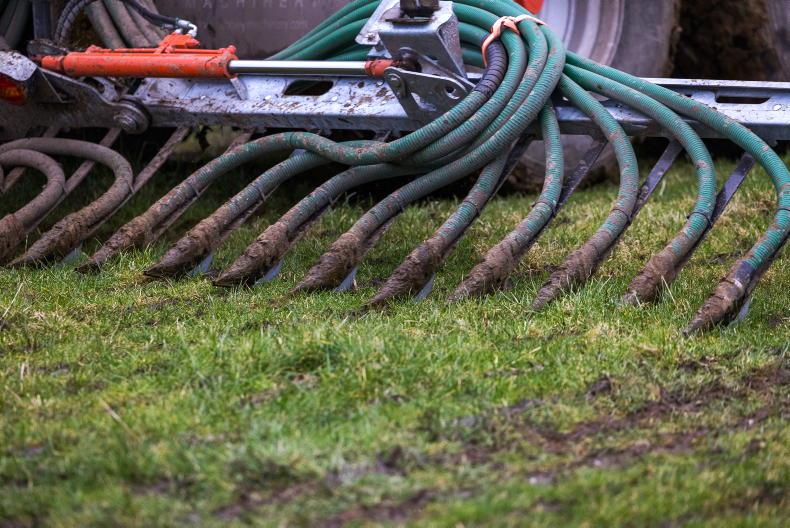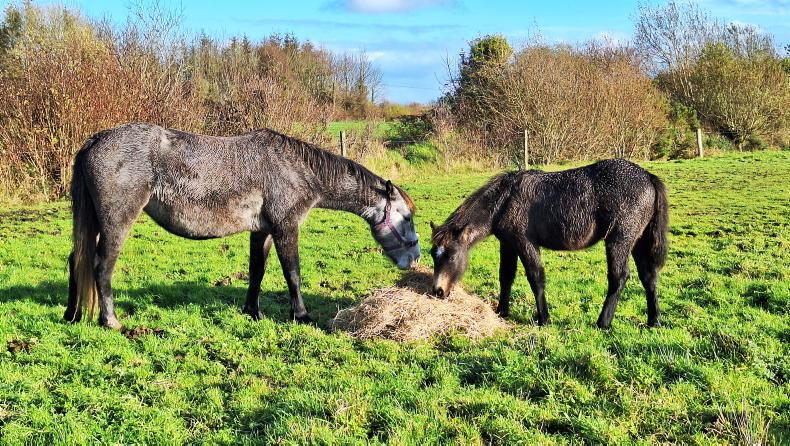Abortions
It’s around this time of year that sporadic abortions can occur in spring calving suckler herds. While there will always be some abortions in herds, it’s important to investigate everything.
Cows should be isolated and foetuses sent to your nearest regional veterinary laboratory for a diagnosis. Don’t put it down as a hurt, as often happens.
Neosporosis is one of the top three causes of late term abortion in cows in Ireland, together with salmonellosis and leptospirosis. Neosporosis has a strong connection to canines, i.e. dogs and foxes.
Cows/heifers can abort at any stage, but most abortions occur after five months. Abortion is not generally associated with retained placenta or sickness in the cow.
A characteristic of neospora infection, however, is the much higher incidence of repeat abortions in cows exposed to the disease, a cow infected with neospora is nine times more likely to abort than a non-infected cow.
Control of neospora-induced abortion in cattle depends on protecting feed and water from contamination by the faeces of dogs or foxes. Doors and barriers around cattle feed should be kept closed as much as possible and dogs should not be allowed to eat aborted foetuses or placentae.
Dogs should be removed from the calving areas and should not be allowed access to foetuses and placentas.
Safety at Calving Time
I was speaking to a group of vets recently and the number of farmers that they said hadn’t a calving gate in place on their farm is surprising. A calving gate is essential on suckler farms during calving.
It could save a calf during a difficult calving and could help save you by making sure the cow is properly restrained at calving.
Most farms will have a shed where a calving gate can be installed for use at calving. Depending on the type, a calving gate will cost you anything from €800-€1,200 and any handy person with a welder will be able to install it. Make it a priority before calving starts if you haven’t got one.
Fertiliser and Slurry
Ground conditions are very good in most parts of the country, with very little rainfall in the last two weeks. This has given many the opportunity to spread some slurry to take the pressure of storage facilities and also reap some of the nitrogen benefits of early application.
The advice is to apply cattle slurry instead of chemical N fertiliser on approximately 50-60% of the whole farm area in spring. All slurry should be applied using low emission slurry spreading (LESS) methods.
This is a legal requirement for farms stocked over 150kg N/ha from 1 January 2023. Target slurry to fields with low P and K levels, and low grass covers.
If slurry isn’t an option and you need early grass, fertiliser applications should be targeted to fields that are most likely to respond to an early N application.
This would be perennial ryegrass/recently reseeded fields, fields with a grass cover of greater than 400kg DM/ha or 6cm grass and fields with optimum soil fertility, i.e., good phosphorus (P) and potassium (K) status, with a pH of greater than 6.2. Fertiliser applications don’t open in Zone C and D (Donegal, Leitrim, Cavan and Monaghan) until Wednesday 15th February.










SHARING OPTIONS